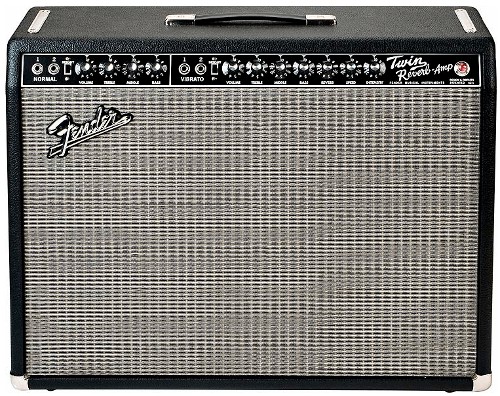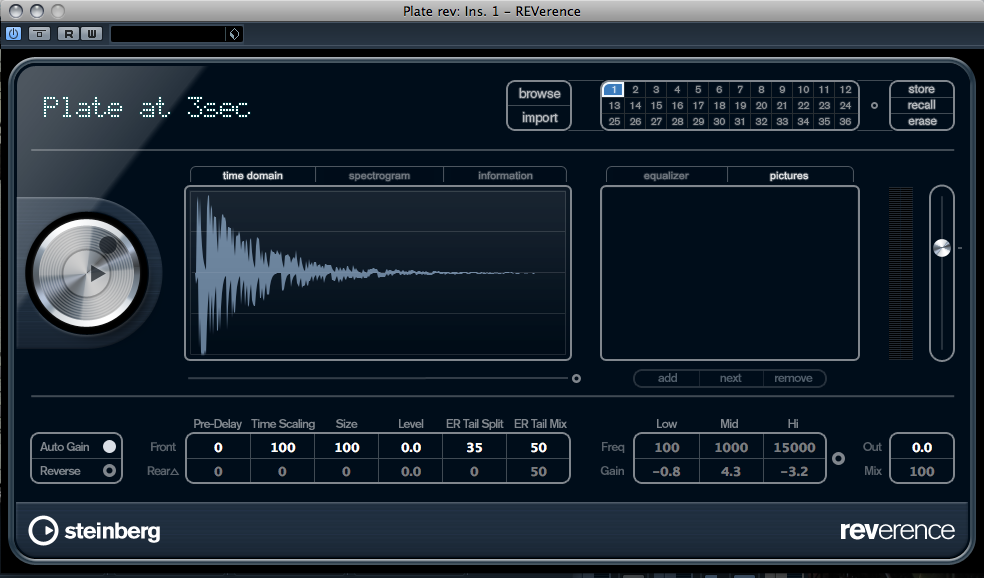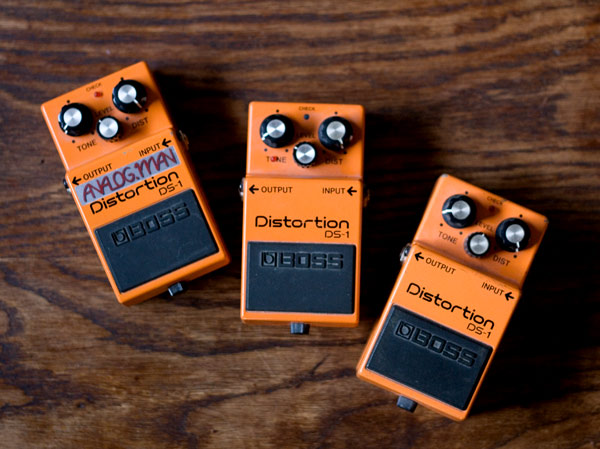As I have shown in the audio examples at the end of Part 1, a reverb unit can be used as an effect instead of a sound reinforcement tool. The main difference is that when you use the reverb as an effect, you usually want it to be heard as opposed to using it in a subtle fashion to add some depth to the sound. It is something that guitarists on the lookout for bigger tones have pioneered, thanks in large part to Fender whose amps often offered a built-in spring reverb. And let’s not forget their stand alone tube reverb unit which is an absolute classic.

Surf music wouldn’t have been quite the same without these Fender clean guitar tones laden with spring reverb. But listen to Stevie Ray Vaughan’s albums and you will hear quite some spring reverb as well. It shows that electric blues is another style where amp reverb is a common staple. Past spring reverbs, a classic example of studio reverb used partly as a sound reinforcement tool and partly as an effect is Voodoo Chile Slight Return by Jimi Hendrix. The wah wah intro is completely magnified by an EMT plate reverb.
The downside of reverb used as a live guitar effect is that it can be difficult to control in a venue, even a small one, because the venue itself will already have some natural reverb (see my previous post). It might make your tone really muddy which might be why, come the eighties and the advent of cheap digital delay pedals, most guitarists switched to using delays to widen their tone. It is not quite the same thing though and I can sense reverb pedals becoming popular.
Adding a Reverb to your Board
If reverbs have always been present in multi effect units, Boss was until about 10 years ago the only brand that offered a compact reverb pedal. Nowadays, there is a wide array of models on offer. Here is a short selection of reverb pedals :
- Boss RV-5: Boss was the first company to manage to squeeze a digital reverb in a compact pedal. I personally own an RV-3 which can generate Reverb AND delay effects (I will make a demo soon). The RV-3 has been replaced by the RV-5 which has dropped the delays but has gained a spring reverb simulation among other things.
- Electro Harmonix: the Holy Grail and its siblings have become immensely popular. They sport a luscious digital reverb as well as a spring reverb simulation.
- The T-REX Room-mate is digital I suppose but it features a tube for added warmth.
- The TC Electronic Tone Print “Hall of Fame” is the new kid on the block, here is a demo which shows you what you can do with a good reverb pedal (TC also offers the Nova Reverb) :
And finally, here is a demo of the Sole Mate and Reverbamate pedals from Vanamps. They are the only non digital/actual spring reverb pedals that I know of, for those of you who demand the real deal:


